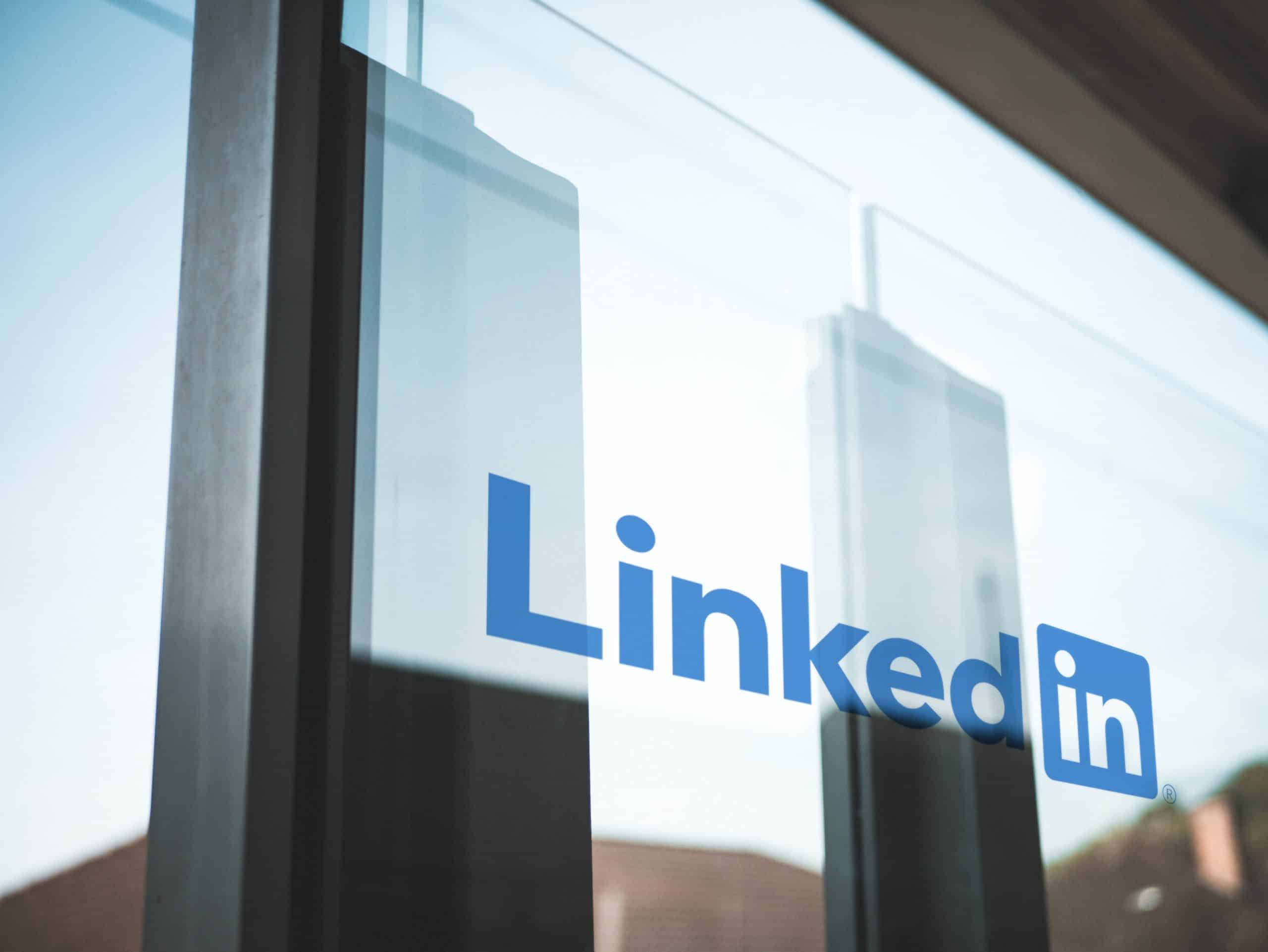A B2B leader determined to bring in new leads has plenty of options when attracting new business. They can put their marketing dollars toward paid social ads, leverage speaking engagements to plug their company, or there’s the classic tactic, word of mouth.
No matter the road traveled, your efforts will likely be compounded by social media, posting, engaging, and repurposing content. And when you build your social media strategy, you’re probably thinking of the usual heavy hitters, Facebook and Instagram. But experts will redirect you in the direction of the professional networking tool LinkedIn.
HubSpot reported LinkedIn is the second-most popular social media platform used by B2B marketers, ranking only behind Facebook. Further, LinkedIn is responsible for 97% of a business’s social media leads. Need we say more?
If you’re quieter on the site or feel a concussion coming on from racking your brain thinking of content ideas or how to leverage the platform to your advantage, allow us to help. LinkedIn pulled back the curtain and shared their best practices for posting on the site. But we know you have plenty to do, so we’ve highlighted the most valuable tips and even some refreshed ideas to inspire your next post.
Put your best resources toward creating valuable content
Media consumption has evolved over the years, but the content remains king. If your content or posts aren’t adding value to people’s day or don’t help them in their entrepreneurial pursuits, you’re going to be a casualty of the ‘mute’ button.
To ensure you’re supplying the most helpful content, be sure you’re answering one of (if not multiple) of the following questions with ‘yes’:
- Will this post teach my audience something they may not have known before?
- Will my content ignite meaningful engagement in the comments?
- Will this post inspire a follower to change their strategy, approach, or harmful business habit?
- Will I leave a reader wanting more and/or with a call-to-action?
Remember, you’re competing for eyeballs, attention, and community. To capture the attention of prospective clients, you have to build trust by adding unique value.
Follow the rule of Ts: timely, thoughtful, or trending
When you’re showing up on LinkedIn, it’s advantageous to produce content that falls into one of three categories: timely, thoughtful, or trending.
Did you just have a client interaction that reminded you of a best practice worth sharing? Then, you can use its relevance and imagery to set the scene of your client interaction, giving richness to your storytelling.

Do you have a tactic, refreshing idea, or secret weapon in strategy worth sharing with others? Perhaps you’re inspired by a recent hurdle you just leaped over, or you could have read a particularly thought-provoking article worth sharing. It doesn’t need to be overly complicated or rocket science; consider advice or anecdotes you would share at a professional happy hour or networking event.
Optimize the power of ‘what’s trending’ with your opinion, or use a trending story as a launching pad for a piece of content. This can also be an opportune time to repurpose older content and present it through a refreshed lens.
If writer’s block has you wanting to exit out of the social platform, don’t forget the 3 Ts: timely, thoughtful, or trending.
Show up consistently
If you’ve been in the B2B marketing industry long enough, this isn’t new advice. However, what you’re likely missing is the grasp of why this is timeless advice and how you will apply its wisdom.
Appearing in someone’s feed takes effort, displacing, and planning, yes. But it pays tenfold. When you continue to appear in a prospective client’s timeline, they begin to recognize your brand voice and become familiar with your mission. Over time (and quickly if you show up regularly and with quality content), your brand will become synonymous with whatever it is you’re offering to clients.
And here’s the dreaded word we love to hate: algorithm. (We don’t make the rules, AI does.) In essence, they rely on relevant data to make predictions. So, if you’re not posting regularly, the algorithm has fewer data to determine whether your content will be suitable or engaging. And your competitor who is posting more consistently will be the safer bet for the robots, meaning you could be giving away prospective business to your most significant competitors.
So how do you show up consistently? First, build a content calendar and schedule. Here are three tips for getting started.
- Decide on a schedule. Maybe you show up Mondays, Wednesdays, and Fridays and post content that inspires Mondays educates on Wednesdays, and gives free advice on Fridays.
- Know your audience. LinkedIn doesn’t equate to boring. Leave the cheesy quotes for someone else, and answer the FAQs of your prospective client. What needs and requests are they coming to you with during consultation? (Hey, you have your first blog post idea!)
- Leverage automation. Bandwidth is not an excuse for not showing up. From Buffer to LinkedIn Helper, there are endless options to fit your needs and budget.
Build rapport with your community
No one likes to be ghosted, not even on LinkedIn. Consumers and B2B leaders alike don’t buy into products and services as much as they believe in brands and experiences. You have to feel familiar, comfortable, and like you’re old friends to experience a brand. Simply, you have to show up and engage when others interact with you. We’re not reinventing the wheel here: social media is the new “norm” in communication. It’s poor etiquette to “leave someone on reading,” it’s rude to not respond to someone when they’ve asked you how your day was.

So once you’re creating that consistent, quality content and folks are engaging with it: respond, start a dialogue, and ultimately build trust with your prospective consumer. A helpful tip is to think about this as a consultation meeting. Would you not respond to an interested party’s inquiry about your service or product? Hopefully not. In fact, that had better be an astounding no. Similarly, you want to embrace each commenter as a potential new client, a person of influence who could recommend your brand or service, or simply, a person who has started a thoughtful dialogue with you.
Embrace video and audio with open arms
As B2B leaders and consumers continue to embrace new mediums, we have to stay relevant with new media as marketers. In the 2020s, we’re going to see a larger adoption of video and audio. And while you may be hesitant to show up on platforms like TikTok and Clubhouse right now, you need to get comfortable with audio and video tools.
Not only are audio and video becoming more widely accepted and the “norm”, but they also had a dimension to your message. When you share a video of yourself giving advice or retelling a story, it feels more authentic and humanizes the digital connection. It allows you to build rapport and a sense of community with those who follow your brand and ultimately lends more avenues for you to grow your business.
LinkedIn is more than a job hunter’s tool toward gainful employment. We’re living in an age where it’s less about where to show up and more about how you’re doing so. So if you have ambitious business acquisition goals, save yourself and the team the headache of a campaign and see what happens when you start showing up thoughtfully and consistently on LinkedIn.
Ready to step up your content game? Contact us to get started.








